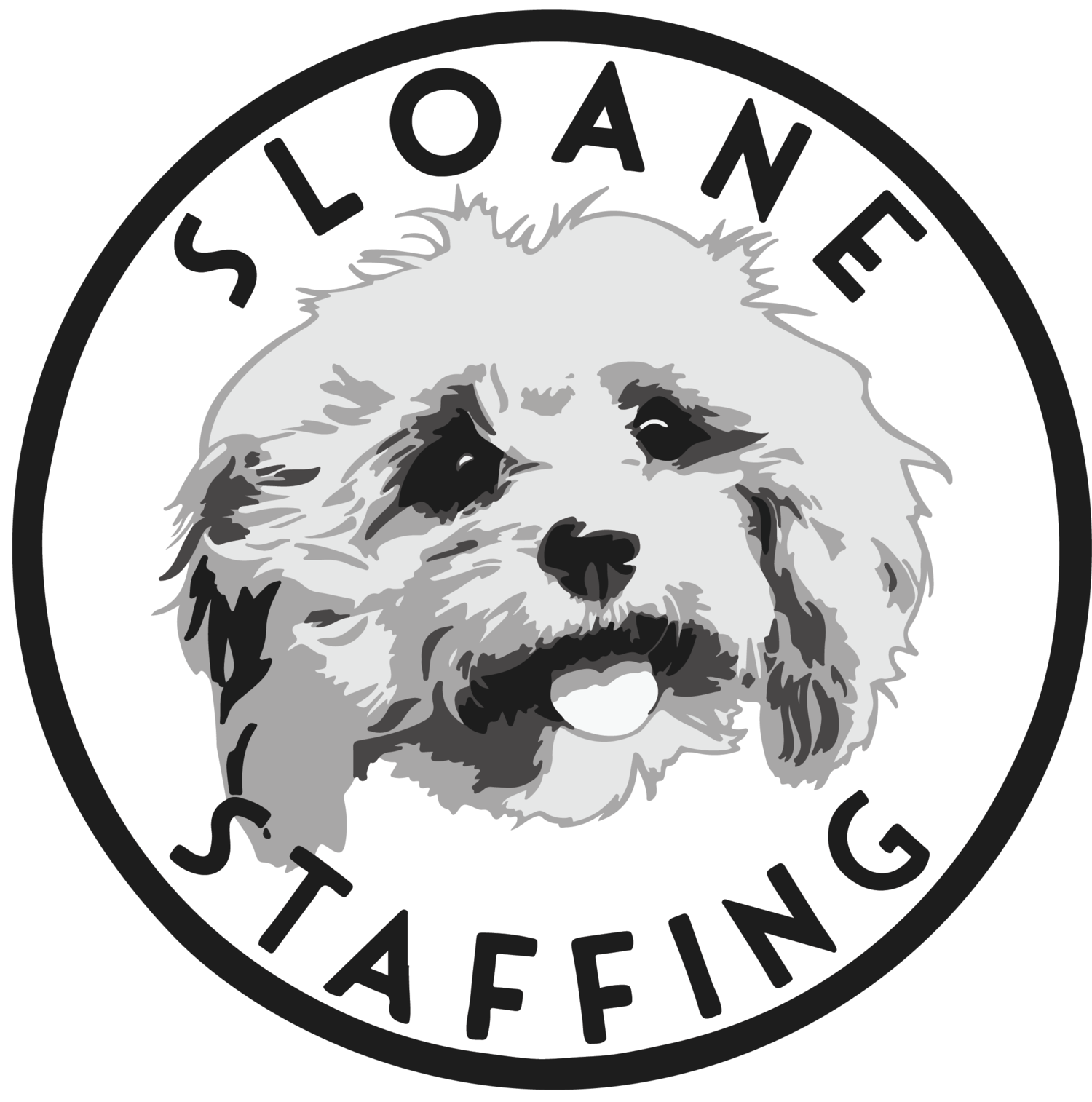Five Steps To Building A RevOps Team
RevOps is the intersection of sales and marketing technology and revenue operations. It can help companies increase their profitability by automating sales, marketing, and customer success processes. But building a RevOps team from scratch isn’t easy. Below are five steps that will help you build a RevOps team that starts with defining your role, then creates alignment with business goals, supercharges your technology stack, dedicates people to revenue operations activities, and integrates and automates processes.
Define Your Revenue Operations Role
The revenue operations team is responsible for helping sales and marketing personnel achieve their objectives. The team can be responsible for revenue forecasting, forecasting accuracy, revenue recognition, and revenue realization. It can also set up the sales and marketing technology stack as well as manage costs associated with it.
Align Business Goals with Performance Metrics
Define clear business goals.
Define metrics that will measure progress towards goals.
Decide how the metrics will be used to improve performance.
Decide how the metrics will be reported and shared with the team
Supercharge Your Sales and Marketing Technology Stack
Once you’ve hired the right people and established a plan, the next step is to build out the technology stack that will support your RevOps strategy. At a high level, this means building out:
A CRM (Customer Relationship Management) system. The purpose of a CRM is to track every interaction between your company and each customer. This can include emails, phone calls, and other touchpoints. The benefit is that it allows you to measure how much time and effort are spent on each customer relationship so you can optimize for efficiency.
Marketing automation software such as HubSpot or Pardot that enables marketers to send personalized messages based on customers’ behavior patterns (e.g., abandoned cart notifications). In addition to automating marketing campaigns in this way, marketing automation software also integrates with your website analytics so that you can better understand which types of messages resonate most with visitors who leave without converting into customers (or even just shopping around).
Dedicate Team Members to Revenue Operations Activities
It is important to have the right team members on your RevOps team. This means that you need to make sure they have the right skillset and are a good fit for the rest of your organization. Additionally, you need to ensure that each person has access to all of the resources needed for their job and is supported by other team members.
The first step in building out a RevOps team is making sure that one member is dedicated specifically to revenue operations activities (i.e., analyzing data). For example, if you want a member of your sales team who knows how SQL queries work or how Tableau works or both then this should be someone's primary focus. You should also dedicate resources towards other key tasks such as exploratory analysis, building reports/dashboards related directly with operationalizing insights extracted from various data sources across multiple departments within an organization (such as sales floor activity compared against fulfillment center performance metrics).
Integrate and Automate Revenue Operations Processes
#1: Integrate and Automate Revenue Operations Processes
Today's best practices in RevOps call for a unified approach to revenue operations that integrates the entire process from start to finish. This means you'll need to be able to streamline the collection, management and reporting of data from your systems and processes. At each step of the way, you can leverage automation tools (such as Salesforce) for efficiency gains like these:
Save time by updating or creating customer records in real time based on incoming order data or other customer interactions like phone calls or emails;
Improve quality by eliminating human error during manual processes; and/or
Reduce cost by eliminating duplicate effort across multiple departments.
Follow these five steps to get started with your revenue operations team.
Before you begin building your RevOps team, it’s important to define the scope of the problem. What is it that you need help with? How long have you been struggling with these issues? Don’t worry about what other people are doing or have tried in the past. Focus on your own goals and work backwards from there.
For example: if a customer has been cancelling their subscription at an alarming rate, ask yourself why that is happening. Is it because they don’t like your product anymore or because they are transferring over to a competitor? Also, how much time and money did they spend before cancelling their subscription? If they were used to paying $100 per month but now cancel after just two months because of frustration over product changes (which happened for no reason), then even though this may not seem like a big deal at first glance ($200 lost), when multiplied by 1000 customers each month who leave due to similar frustrations (and another 1000 who would have stayed if only things hadn't changed), suddenly we're talking about millions of dollars lost yearly due solely because someone made an unwise decision early on!
Conclusion
The five steps above are a great place to start when building your revenue operations team. But remember, the key is to make sure that every member of your team is aligned with the company’s goals and values, and that they have enough time allocated for revenue operations activities. This will ensure that everyone works together as a cohesive unit toward achieving your organization’s financial goals!

